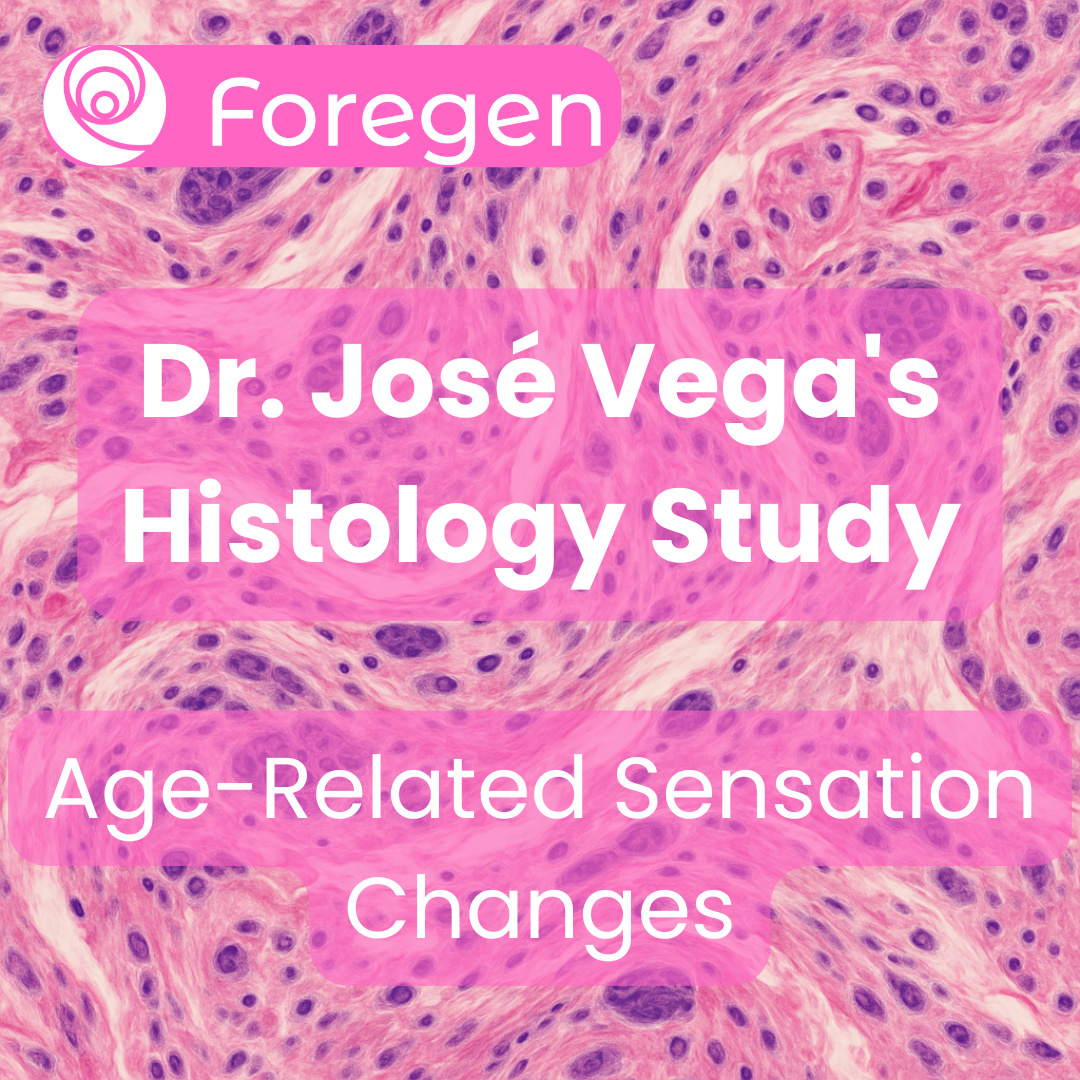What is Assay Optimization?
Assay optimization is a crucial preliminary step in setting up a histology study and ensuring the accuracy of experimental outcomes. An assay is a lab technique that measures and analyzes the presence, concentration, or activity of a substance—such as a protein, enzyme, antibody, or molecule—in a biological sample. Through specific reagents, instruments, and protocols, assays provide critical insights into the characteristics and behaviors of biological molecules. This helps researchers understand biological processes, diagnose diseases, and assess treatment effectiveness. For our purposes, this process establishes a foundational framework for analyzing the anatomical composition of human foreskin tissue at the microscopic level.
This meticulous procedure ensures that researchers achieve precise and consistent results, which are crucial for drawing reliable conclusions. In their preparations for the histology study on human foreskin tissue, HistologiX researchers have focused on optimizing the Elastin, Collagen-I, and Collagen-IV immunohistochemistry (IHC) assays. Through careful adjustment of assay parameters, optimal staining results were achieved for these key proteins in human skin and kidney tissues. The researchers conducted a series of experiments and titrations to pinpoint the ideal antibody concentrations and staining protocols for each target protein.

This slide details the immunohistochemistry assay protocol used to identify elastin fibers in tissue samples, leveraging antibodies that bind specifically to designated antigens. The antibodies are stained, enabling researchers to detect the proteins to which they are bound.

In this context, titration involves systematically adjusting antibody concentrations and volumes to establish optimal conditions for the assay.

An optimal dilution ratio was determined for staining the human skin sample, allowing researchers to clearly identify dermal elastin fibers without background interference.




A similar process was applied to optimize the assay for collagen detection, a protein that promotes growth and provides structural support in skin tissue. Being the most abundant protein in the human body, collagen's identification is vital.


The protocol descriptions extend to using a different antibody targeting collagen, with results from applying these to kidney tissue serving as controls.




Next Steps: Histological Analysis
The forthcoming phase involves receiving tissue samples from new suppliers and applying the optimized assays for histological analysis. This will generate new data to be compiled into a final report, accessible not just to Foregen supporters but to the broader scientific community. This research will enhance public understanding of the human foreskin's detailed anatomical structure and inform our surgical partners as we advance our novel technique towards human clinical trials.
Your support is crucial to this research! Consider joining the Foregen community by donating today. Your contributions will help us hire staff, rent laboratory space, and procure necessary materials to advance our project. Every dollar makes a difference!



